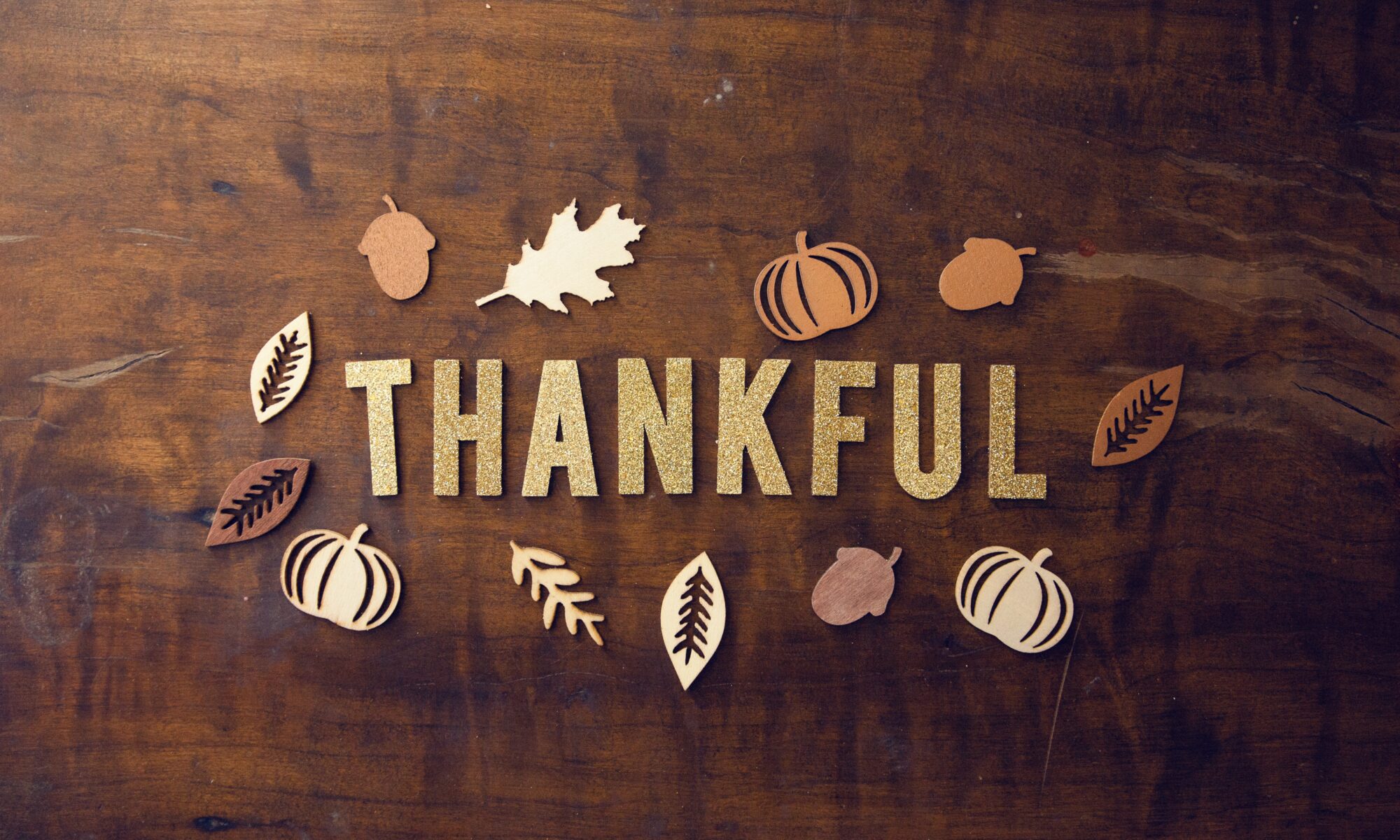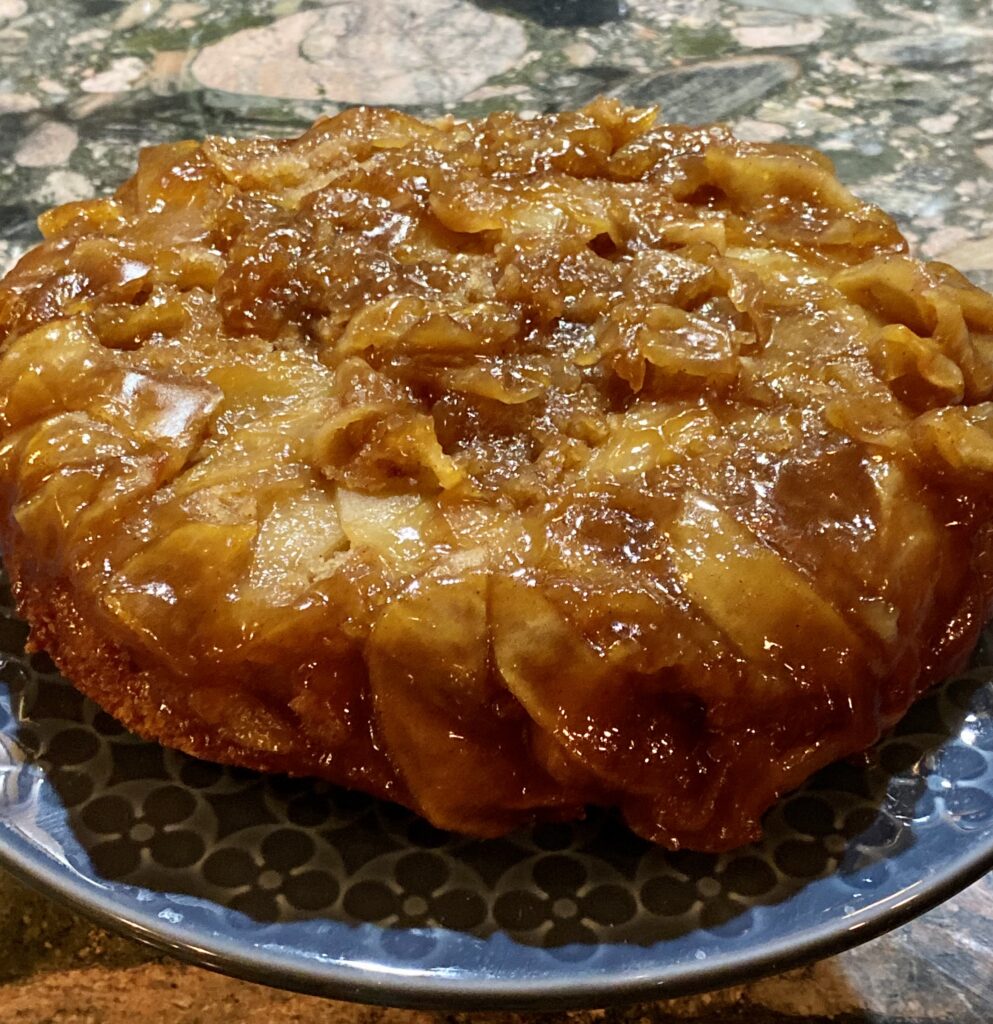“We need to make the kind of society where it is easier for people to be good.”
Peter Maurin (1877–1949)
Many of us are looking forward to once again gathering with friends and family at Thanksgiving. Along with enjoying our favorite delicious holiday foods and other traditions, let’s remember that the heart of Thanksgiving is gratitude. In the midst of the crucible of change that the world is experiencing, we need to focus our attention and efforts on loving each other more, and doing what we can to make the world a better place for everyone.
I offer this simple Thanksgiving prayer of reflection: “May I trust my own goodness. May I see the goodness in others. May we always remain hopeful and live in the present with gratitude and love in our hearts.”
“Hope says God has not abandoned us in the world … He pursues us, dwells in us, intervenes for us and will not forget us.” Scott McClellian[1]
Apples: A Traditional Harvest Food
Celebrating the bounty of the harvest is one of the joys of Thanksgiving. Apples are among
my favorite fall foods, and the humble fruit has a wide array of health benefits. There’s a lot of truth in the saying, “An apple a day keeps the doctor away.”
Apples are a good source of nutrients, including minerals, dietary fiber, antioxidants, and ursolic acid. Preclinical studies have found apple pomace and its isolated extracts improve lipid metabolism, antioxidant status, and gastrointestinal function and demonstrate a positive effect on metabolic disorders (eg, hyperglycemia, insulin resistance, etc.).[2]
Epidemiological studies show that frequent apple consumption is associated with a reduced risk of cardiovascular disease, and that apples are an ideal food for cholesterol management.[3],[4],[5] Consumption of apples and the individual flavonoid compounds, quercetin and epicatechin are associated with a lower risk of all-cause mortality.[6]
Apples contain over one hundred phenolic compounds with antioxidant and anti-inflammatory effects.These phenolic acids and flavonoids comprise six major classes: phenolcarboxylic acids (e.g., chlorogenic acid), anthocyanins (e.g., cyanidin glycosides), flavonols (e.g., quercetin glycosides), dihydrochalcones (e.g., phloridzin), flavan-3-ols (e.g., catechin), and procyanidins (e.g., procyanidin B2).[7]
Synergy is the Key
The key to the health benefits of apples is the combination of active compounds, known as the synergistic effect. A major proportion of the bioactive components in apples, including high molecular weight polyphenols, are converted by the colonic microbiota to bioavailable and biologically active compounds with systemic health benefits, in addition to modulating microbial composition.[8]
Apples have been found to inhibit chronic disease, including cancer cell proliferation[9],[10],[11],[12] and tumors.[13],[14]
In studies, fresh Red Delicious apple extract inhibited cell proliferation in a dose-dependent manner in colon cancer. Apple extract also inhibited human liver tumor cells. Researchers found that tumor proliferation was inhibited 57% by extract containing apple skin and 40% by extract not containing skin.[15]
Apples inhibit tyrosinase and possess anti-melanoma effects in B16 mouse melanoma cells, as well.[16]
For those trying to lose excess weight, I highly recommend eating an apple before a meal. Apples are low in calories, highly nutritious, and help you to feel satisfied and less hungry. There are other health benefits to eating an apple daily, as well. A recent study found that whole Gala apple consumption is an effective dietary strategy to mitigate high fat meal-induced postprandial inflammation that exacerbates cardiovascular disease risk in overweight and obesity.[17] And another recent study showed the replacement of calories in the Western diet with apple pomace attenuated non-alcoholic fatty liver disease risk.[18]
Have a blessed Thanksgiving!
“I am not this hair, I am not this skin, I am the soul that lives within.” ~ Rumi
Do you know how New York City got the nickname “The Big Apple”?
Although New York State is America’s top apple grower, after the state of Washington, the New York City nickname has nothing to do with fruit production. The Big Apple moniker first gained popularity in connection with horseracing. Around 1920, New York City newspaper reporter John Fitz Gerald, whose beat was the track, heard African-American stable hands in New Orleans say they were going to “the big apple,” a reference to New York City, whose race tracks were considered big-time venues. Fitz Gerald soon began making mention of the Big Apple in his newspaper columns. In the 1930s, jazz musicians adopted the term to indicate New York City was home to big-league jazz clubs.[19]
Since Thanksgiving is “as American as apple pie” I thought I might throw you a curve ball and present an Upside Down Apple Cake recipe as an alternative. https://www.donnieyance.com/upside-down-apple-cake/
[1] McClellian, Scott, June 6, 2013, http://www.relevantmagazine.com/god/how-we-misunderstand-hope
[2] Skinner RC, Gigliotti JC, Ku KM, Tou JC. A comprehensive analysis of the composition, health benefits, and safety of apple pomace. Nutr Rev. 2018 Dec 1;76(12):893-909. doi: 10.1093/nutrit/nuy033. PMID: 30085116.
[3] Nagasako-Akazome, Y.; Kanda, T.; Ikeda, M.; Shimasaki, H. Serum cholesterol-lowering effect of apple polyphenols in healthy subjects. J. Oleo. Sci. 2005, 54 143-151
[4] Nagasako-Akazome, Y.; Kanda, T.; Ohtake, Y.; Shimasaki, H.; Kobayashi, T Apple polyphenols influence cholesterol metabolism in healthy subjects with relatively high body mass index, J. Oleo. Sci. 2007, 56, 417-428.
[5] Chai, S.C.; Hooshmand, S.; Saadat, R.L.; Payton, M.E.; Daily apple versus dried plum: Impact on cardiovascular disease risk factors in postmenopausal women. J. Acad. Nutr. Diet. 2012, 1158-1168
[6] Bondonno NP, Lewis JR, Blekkenhorst LC, Bondonno CP, Shin JH, Croft KD, Woodman RJ, Wong G, Lim WH, Gopinath B, Flood VM, Russell J, Mitchell P, Hodgson JM. Association of flavonoids and flavonoid-rich foods with all-cause mortality: The Blue Mountains Eye Study. Clin Nutr. 2020 Jan;39(1):141-150. doi: 10.1016/j.clnu.2019.01.004. Epub 2019 Jan 17. PMID: 30718096.
[7] Shoji T, Masumoto S, Moriichi N, Ohtake Y, Kanda T. Administration of Apple Polyphenol Supplements for Skin Conditions in Healthy Women: A Randomized, Double-Blind, Placebo-Controlled Clinical Trial. Nutrients. 2020;12(4):1071. Published 2020 Apr 13. doi:10.3390/nu12041071
[8] Koutsos, A. Tuohy, KM. et. al., Apples and Cardiovascular Health – Is the Got Microbiota a Core Consideration? Nutrients 2015, 7, 3959-3998; doi:10.3390/nu7063959
[9] Veeriah S, Miene C, Habermann N, et al. Apple polyphenols modulate expression of selected genes related to toxicological defense and stress response in human colon adenoma cells. International Journal of Cancer 2008; 122(12): 2647-2655.
[10] Eberhardt MV, Lee CY, Liu RH. Antioxidant activity of fresh apples. Nature 2002; 405(6789): 903-904.
[11] Liu JR, Dong HW, Chen BQ, Zhao P, Liu RH. Fresh apples suppress mammary carcinogenesis and proliferative activity and induce apoptosis in mammary tumors of the Sprague-Dawley rat. J Agric Food Chem. 2009 Jan 14;57(1):297-304.
[12] Reagan-Shaw S, Eggert D, Mukhtar H, Ahmad N. Antiproliferative effects of apple peel extract against cancer cells. Nutr Cancer. 2010 May;62(4):517-2
[13] Fridrich D, Kern M, Pahlke G, Volz N, Will F, Dietrich H, Marko D. Apple polyphenols diminish the phosphorylation of the epidermal growth factor receptor in HT29 colon carcinoma cells. Mol Nutr Food Res. 2007 May;51(5):594-601.
[14] Kern M, Tjaden Z, Ngiewih Y, Puppel N, Will F, Dietrich H, Pahlke G, Marko D. Inhibitors of the epidermal growth factor receptor in apple juice extract. Mol Nutr Food Res. 2005 Apr;49(4):317-28
[15] Eberhardt MV, Lee CY, Liu RH. Antioxidant activity of fresh apples. Nature. 2000 Jun 22;405(6789):903-4. doi: 10.1038/35016151. PMID: 10879522.
[16] Shoji T, Masumoto S, Moriichi N, Kobori M, Kanda T, Shinmoto H, Tsushida T. Procyanidin trimers to pentamers fractionated from apple inhibit melanogenesis in B16 mouse melanoma cells. J Agric Food Chem. 2005 Jul 27; 53(15):6105-11.
[17] Liddle DM , Lin X , Ward EM , Cox LC , Wright AJ , Robinson LE . Apple consumption reduces markers of postprandial inflammation following a high fat meal in overweight and obese adults: A randomized, crossover trial. Food Funct. 2021 Jul 21;12(14):6348-6362. doi: 10.1039/d1fo00392e. Epub 2021 Jun 8. PMID: 34105575.
[18] Skinner RC, Warren DC, Lateef SN, Benedito VA, Tou JC. Apple Pomace Consumption Favorably Alters Hepatic Lipid Metabolism in Young Female Sprague-Dawley Rats Fed a Western Diet. Nutrients. 2018 Dec 3;10(12):1882. doi: 10.3390/nu10121882. PMID: 30513881; PMCID: PMC6316627.
[19] Nix, Elizabeth, Why is New York City named the Big Apple? July 23, 2014, https://www.history.com › news › why-is-new-york-city-nicknamed-the-big-apple









